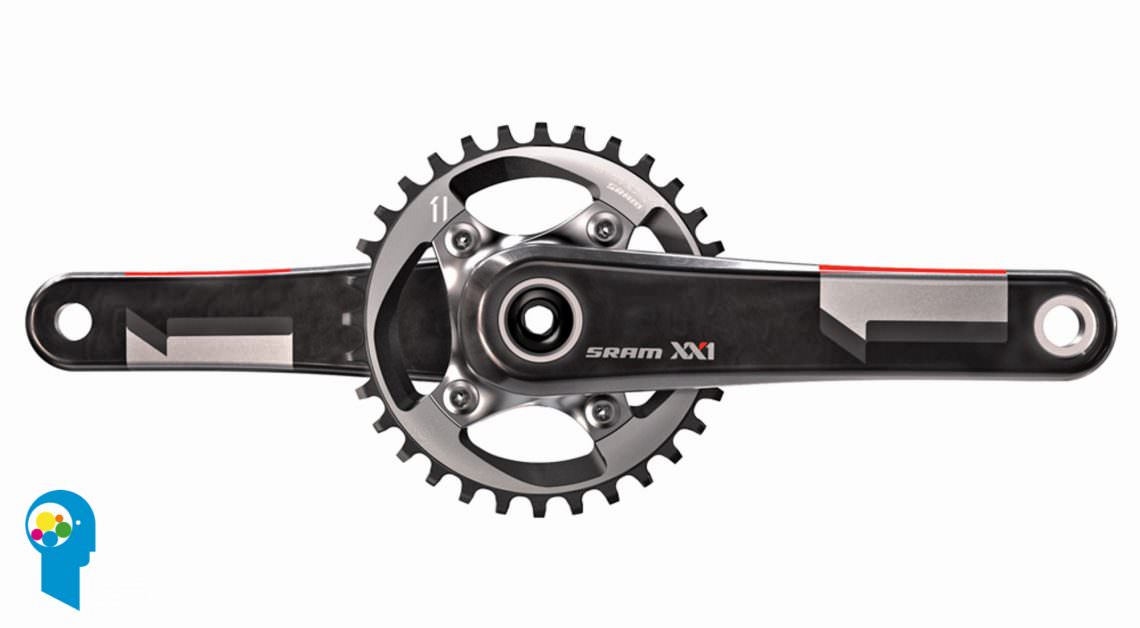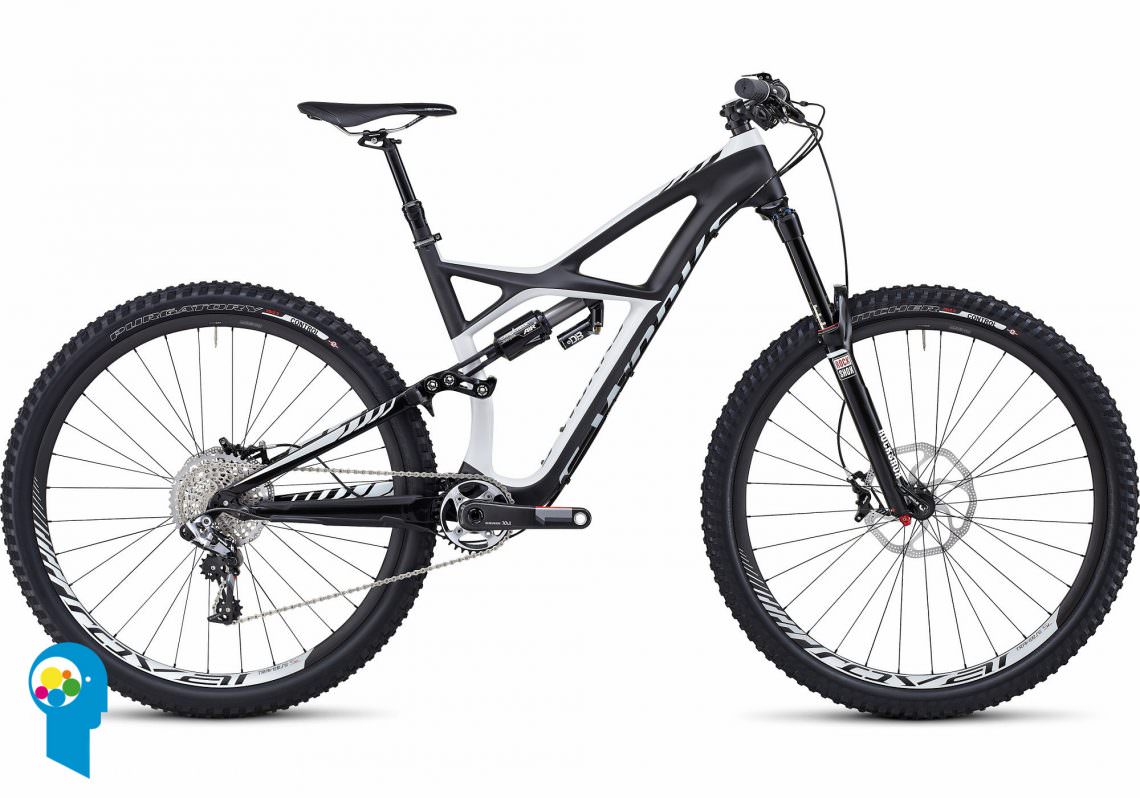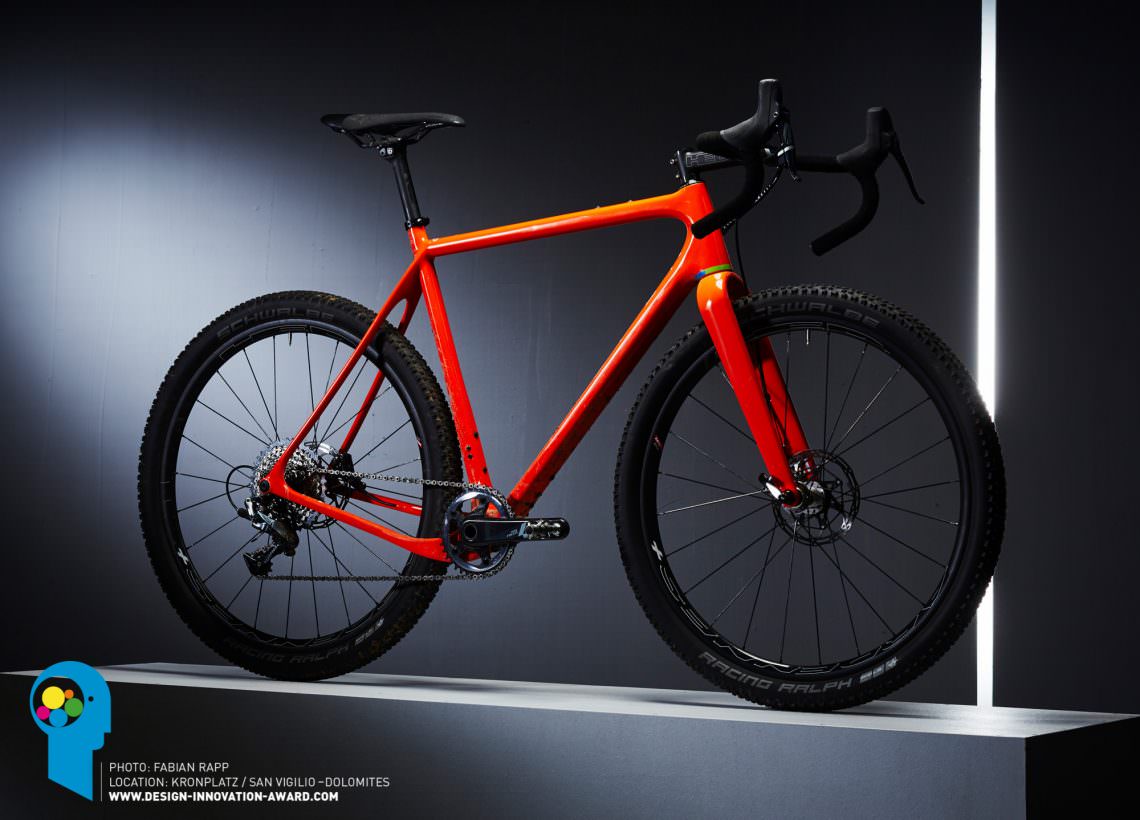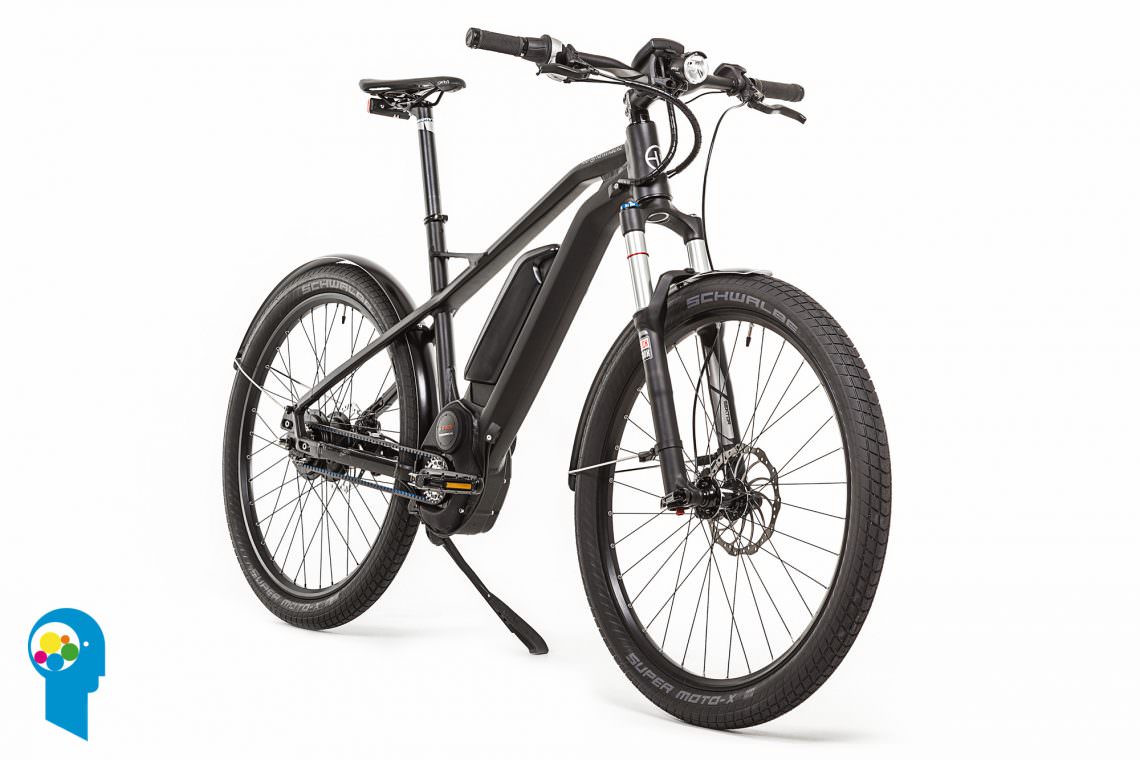What have been the greatest innovations in recent years? Who has captured the Zeitgeist? What are the key trends and developments to come? The fifth Design & Innovation Award has gathered the most important insider information here.
A lot can happen in half a decade, and a flick through the digital archives of the Design & Innovation Award is testament to the radical changes that have occurred within the cycling world. Since these awards first began in 2013, a new era has certainly begun.
1. Real potential
The bike industry possesses an impressive drive to innovate, catapulting us to sky-high levels of technology that few would have considered possible a few years ago. But that’s how things are: every mighty tree grows from a tiny seed.
The core strength of the Design & Innovation Award is to recognize potential, communicate trends, and promote sustainable developments within cycling. By shining a light on trends within the industry, the award points out dangers and possible pitfalls. Faced with the current technological arms race, a reasoned response is more important than ever. For a consumer, the range of products has never been so confusing in its diversity, standards have never been so short-lived, and confusion over the many sub-disciplines so rampant. There’s a risk of becoming blinkered and losing direction as you try to keep afloat with every new development, so it’s important to take a step back and gain a wider perspective.
Those with a grasp of the situation understand how and why E-MTBs are going to usurp conventional mountain bikes, why amateur, regular road riders will be more important than pro riders in the future, and why the conventional mountain bike market is going to stagnate in the coming years.
Before we get to the future, however, we should take a look back at the milestones from recent years.

2. Smart Simplicity
Complexity is likely to be met with excitement by tech geeks and pained expressions from the rest of the population. Be it shifters, suspension, or geometry set-ups, the real art of a great product is the ability to reduce it to the essentials rather than cram it with every trick. If you thought that bike innovation always originates from the bike manufacturers themselves, then you’re off track. Often it’s component specialists that serve as the catalysts, driving innovation and allowing bike brands to create new designs.

3. The geometry evolution
Long considered unthinkable, 29ers are fast becoming the standard for mountain bikes. If it weren’t for boundary-pushing bike developers with a distaste for staid, old designs then we wouldn’t have today’s super-quick, versatile, and potent bikes. They’ve cemented the awareness that geometry has more influence on how a bike rides than just an extra centimeter of travel.

4. Electro
While e-mobility is still in its infancy for the car industry, e-bikes are one of the fastest-growing segments in Central Europe and a key area of business for many brands. While their origins lie in urban mobility, e-bikes are making a name for themselves in the sporting segment too. It also seems inevitable that the electrification of road cycling will increase, despite cries to the contrary. E-MTBs can actually be seen as the first consumer-driven trend that wasn’t force-fed by the cycling industry, and also as the first trend that took the alternate route to popularity, growing from the ‘older’ to the ‘younger’ generation. E-MTBs have the capacity to bring the experience of mountain biking to the masses, where there’s huge potential for continued growth. The Design & Innovation award was the first to award the very first ePerformance pioneers:

5. Software vs. Hardware
Classic bikes are still around, but there’s an ever-growing digital presence on bikes. From Shimano Di2 shifters to GPS systems and wireless dropper posts, the once exclusively mechanical industry is shaking off its past. Particularly in the E-MTB sector, developers now frequently have software engineering backgrounds. Soon it’ll be the software rather than the hardware that’ll become the distinguishing feature on products.

6. No Pain Without Pleasure
Pain, suffering, and pure performance were yesterday. Today those same ingredients have been thrown in the juicer and blended with liberal servings of fun. Who says we can’t enjoy ourselves while we race?

7. Bike categories are history!
As the innovations and technical advancements from the past few years become even blurrier, so too do the boundaries between each of the many subcategories within cycling. Specialist bikes are becoming more and more niche as the masses pursue bikes with less restrictive capabilities.

6. The new service industry
Based purely on performance, today’s products are so good you could argue that there is little to distinguish them from the competition. But that’s where design, aesthetics and, more importantly, service take centre stage. Innovative approaches apply within retail practices too, where specialist dealers fight to keep up with the tidal wave of bike development. Direct sales, global bike shop chains, and cut-price online discounters are the results of the changing demands of the industry. The gulf between high-end, pricey, premium products and the realms of bargain-hunters is so vast that it’s never been harder for the local bike shop to bridge the gap.

“The Design & Innovation Award is a modern and progressive institution that spots potential early. That’s why it’s in our DNA to constantly question everything we do, push reforms, and deepen our understanding.”
What’s next?
We ask ourselves this question every year. Anyone who listens to the many voices of consumers can see how cycling is changing. Those who are open to the changes and receptive to the concerns and challenges of the various target groups won’t go far wrong. To remain ahead of the development curve, one must constantly question one’s own actions and push reforms when necessary. It’s exactly what we’ve done too.
World champions, Olympic icons, visionaries, designers, bike developers, and engineers – The round-table discussions in recent years have focussed far into the future; however, we recognized that this year’s edition needed to be more grounded and tackle immediate problems and topics facing the cycling industry. What’s the reality on our trails and roads? What sorts of products and innovations are we in need of? Good design and innovations aren’t purely designed to perform in perfect circumstances, under lab conditions and in the hands of trained experts.

What are the best products to come?
After years of stiffer/lighter/faster, we’d argue that products have reached an extremely high standard, and the likelihood of purchasing a poor product is minimal. Yet we’ve also reached a point where R&D should focus on other aspects of development in order to broaden product appeal and reach new target groups. Design and innovation aren’t the preserve of the elite; they should be accessible to regular riders with a regular salary too. Consumers don’t tend to be pro riders – they just enjoy riding, much like us. These days, products enter development for trail riders, not downhill icons, and for Gran Fondo entrants rather than Tour de France winners.
E-mountain bikes – the radical democratization
Regardless of riders’ ages, grasp of technology, and riding ability, E-MTBs have caught the attention of the most widespread range of users, all of whom can get the same enjoyment from them. Who would have believed that a cardiac patient could ride the equivalent height of Mount Everest ten times in one year? Or that millennials would sacrifice their game console in favour of an E-MTB? Or that you’d be able to ride more trails in a regular ride? As cycling has developed into a lifestyle and attracted new markets, it’s important that cycling speaks one language and doesn’t confuse, confound, or exclude.

Road bikes – the disaffection
While road bikes take a step away from the professional peloton in terms of shared technologies, there’s a new generation of road bikes that are channeling a laidback approach that’s reminiscent of how the enduro movement hit mountain biking. It’s a result of how society is changing, and the idea of endurance bikes stem from this desire to decelerate and prioritize outdoor experiences. At the other end of the spectrum, those who are keeping to the streets prefer to adopt new technologies like disc brakes, comfort features, and wider tires – and that’s where the Gran Fondo rider is ahead of the pro.

Mountain bikes – the shift in resources
The mountain bike market will largely stagnate in 2017 as more brands choose to invest their resources in the rapidly growing E-MTB segment. Another reason for the stagnation is because the market is already at such an advanced and diversified stage that it has already saturated its relatively homogenous target group. The effects are already being seen; many global players have condensed their portfolio drastically and are now concentrating on the most important models. Others are reinventing themselves, redefining their brands with more concise values or adopting new sales and distribution models.
Good Times, Hard Times – the lie of the land isn’t flat, and this state of flux makes the future so damn exciting. But don’t forget that we’re laying the foundation today. Big trees grow from small seeds!
Did you enjoy this article? If so, we would be stoked if you decide to support us with a monthly contribution. By becoming a supporter of E-MOUNTAINBIKE, you will help secure a sustainable future for high-quality cycling journalism. Click here to learn more.
Words: Robin Schmitt Photos: Christoph Bayer, Julian Mittelstaedt









